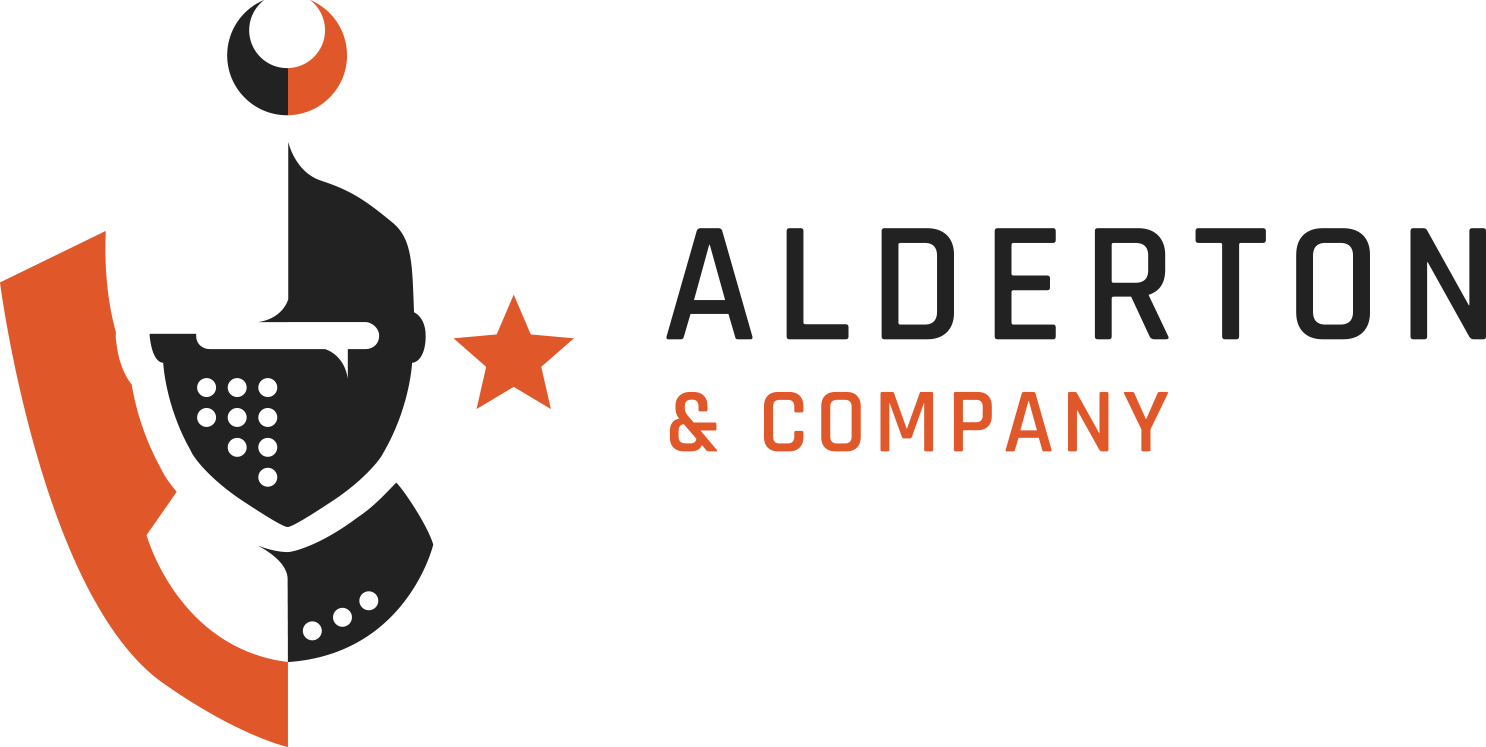
Lean Operations and Cost Optimization: Beyond Cost-Cutting for Sustainable Profitability
September 24, 2024Customer Lifetime Value (CLV): A Strategic Imperative for Sustainable Business Growth


Where customer acquisition costs are on the rise and competition is fiercer than ever, a laser-sharp focus on long-term profitability has become paramount. This is where the concept of Customer Lifetime Value (CLV) takes center stage. It’s more than just a metric; it’s a strategic philosophy that guides businesses to look beyond immediate transactions and focus on fostering relationships that generate sustained revenue over time.
Understanding the Strategic Significance of CLV
CLV extends beyond the immediate revenue generated from a single transaction. It encompasses the total value a customer contributes to a business over the entire duration of their relationship, encompassing repeat purchases, upsells, cross-sells, referrals, and the intangible value of positive brand advocacy. By recognizing the lifetime value of customers, businesses can strategically shift their emphasis from short-term gains to cultivating enduring relationships that yield substantial long-term profitability.
Recognizing the lifetime value of customers allows businesses to shift their mindset from short-term gains to cultivating lasting relationships that will yield greater returns in the long run.
Why CLV is a Strategic Imperative
1. Improved Customer Retention:
Acquiring a new customer is often more expensive than retaining an existing one. CLV encourages businesses to focus on keeping their current customers happy and engaged, reducing churn and increasing profitability. Studies have shown that a mere 5% increase in customer retention can boost profits by 25-95%.
2. Efficient Resource Allocation:
By understanding which customers are most valuable, businesses can allocate resources more effectively, focusing their marketing and sales efforts on those who are likely to generate the highest return on investment (ROI).
3. Enhanced Customer Experience:
CLV shifts the focus towards providing a superior customer experience throughout the entire customer journey. This leads to increased customer satisfaction and loyalty, further driving repeat business and positive brand perception.
4. Predictive Analytics:
Analyzing CLV can provide insights into customer behavior and purchase patterns, enabling businesses to predict future revenue streams and make informed strategic decisions about pricing, product development, and marketing campaigns.
Key Strategies to Enhance CLV
1. Prioritize Customer Satisfaction:
Happy customers are more likely to stick around. Focus on providing exceptional customer service, addressing concerns promptly, and exceeding expectations at every touchpoint.
2. Foster Loyalty through Personalized Experiences:
Use data and insights to tailor your interactions with customers, offering personalized recommendations and rewards that resonate with their individual needs and preferences.
3. Implement Effective Loyalty Programs:
A well-structured loyalty program can incentivize repeat business and increase customer engagement. Offer rewards, exclusive discounts, or early access to new products to keep customers coming back for more.
4. Upsell and Cross-Sell Strategically:
Identify opportunities to offer additional products or services that complement a customer’s existing purchase. Upselling to premium options or cross-selling related items can boost average order value and CLV.
5. Leverage Technology:
Use CRM (Customer Relationship Management) software to track customer interactions, manage loyalty programs, and gather data to inform personalized marketing efforts.
6. Encourage and Incentivize Referrals:
Happy customers are often your best brand advocates. Implement a referral program that rewards customers for bringing in new business.
7. Monitor and Measure CLV Regularly:
Regularly calculate and analyze CLV to identify trends and areas for improvement. This helps you track the effectiveness of your customer retention strategies and make necessary adjustments.
Conclusion: Prioritizing CLV for Sustainable Growth
In today’s intensely competitive and ever-changing marketplace, prioritizing CLV is more than a tactical choice; it is an imperative for sustained profitability and growth. By focusing on customer retention, implementing effective loyalty programs, strategically employing upselling and cross-selling techniques, and delivering personalized experiences, businesses can cultivate lasting relationships with their customers and reap the benefits of amplified CLV.
CLV is not merely a metric but a strategic mindset that emphasizes long-term value creation and customer-centricity. By placing customer satisfaction and loyalty at the forefront, businesses can unlock a wealth of opportunities for sustained success in the modern economy.



